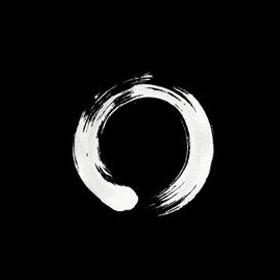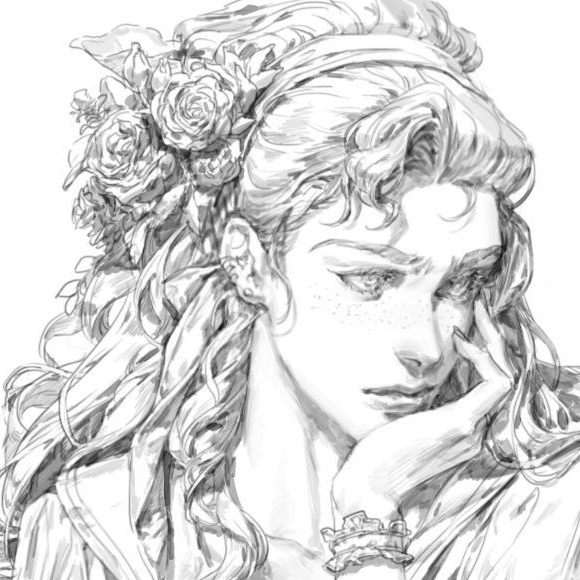Hey Folks!
We’ve been playing and discussing Calibri, Aptos ( Bierstadt ), Grandview, Seaford, Tenorite and Skeena over on Tildes and I figured you folks would enjoy clicking around and seeing what the differences between them actually are.
I wrote the article, so let me know if there’s something you’d like to see as well :D
Cheers !
I’m gonna miss the compactness of Calibri. I might have to reduce my font sizes now if I want to use Aptos in my pre-existing spreadsheets.
You’re not wrong about compactness, that’s a really good point!
Still adapting to Calibri … I liked arial because it was usually near the top of the font list so it was easy to find, lol
I liked arial
OK, you’re the only person who has managed to make me angry hehe :)
Someone actually likes Arial ??!!
Aside from using it to make jokes? It’s not bad, a legible sans-serif that renders well on low resolution screens. A lot of discussions about “clean” fonts seem to squabble over minutiae while the important part of being readable seems forgotten.
I agree wholeheartedly, it’s readable, but oh so ugly and brutalistic :P
That was a fantastic article! There’s so much that I would never have noticed.
Thank you so much, this sort of feedback warms my heart, it really does !
Feel free to stick around via the Mailinglist or the Fediverse (Y), links are in
whoami!
Great article. I lived 40+ years before giving any attention to any fonts at all.
Thank you ! I’m a bit overwhelmed by the positive resonance so far, so now I’m wondering what to write after that will give me the same high haha :)
I fell in love with Tenorite.
Why is that :D ?
Not that I disagree with you, as it’s also my favorite, but just wanting to hear your reasons :)
Oh, it’ll be easy! Everything I’m about to explain is written by its authors in the Microsoft note.
- The first and most important thing is the character line thickness. It’s almost the same everywhere.
- The second is “crisp-looking shapes and wide characters”. The gap between the characters is wider than in Aptos.
- The third is sharper lettering and fewer curlicues.
=
Look at the characters, for example, “a”, “e”, “g”. They have bulk shapes with a minimum of lines compared to Aptos. And now for my personal reasoning.
What is the most common case of reading the folk will have? It’s lack of light or twilight (subway, auto, office, home room, etc.). It’s a small screen size (smartphone or laptop). It’s a low PPI. This is the distance of 20-35 cm, or about a meter, to the screen. These are eyesight problems and astigmatism. These are the points (and more!) you must consider when creating a font.
Here’s my example. I have pretty good eyesight and a little astigmatism (only need to wear glasses when working long hours). I mostly surf the internet using a 17" laptop. I sit a meter away from the screen. That said, I have good illumination.
While using serif fonts, my eyes get tired after hours of reading. This is because astigmatism causes characters to have a subtle shadow at the edges of the lines (if there are pixel artifacts on display, it doubles the effect!). So fonts like the EB Garamond are generally unreadable for people like me.
Also, the brain needs a fraction of a second to figure out what the character is. E.g. the Tenorite’s “a” and the Aptos’ “a”. I don’t confuse it with anything else when looking at the Tenorite’s “a” and it goes much smoother while reading. The characters don’t blend into one mess for me.
As the authors said, they created a font “comfortable to read at small sizes onscreen”. If it’s comfortable on small screens, it will be the same on larger screens. On a 32" screen, almost all fonts will be OK. I could increase the font size on the small screen, but then it would be uncomfortable to read because of the smaller amount of content.
Based on studies, the better the font reads, the worse we are at memorizing information. But there’s not a lot of actually significant information on the Internet, and I do more writing than reading. So that’s not my point.
Thanks for a recommendation of Comic Neue from one old Reddit’s thread. It’s a wonderful font for reading in low reading environments. Seems Tenorite has replaced it for me, as it looks more common and has thicker outlines.
P.S. This is just my own geek standpoint, I didn’t/am not in the typography business.
And so the Aptos era begins.
Wow I always new I hated Calibri but looking at it up close REALLY made me hate it. I don’t know what it is about that font but I just can’t stand it.
haha, your comment made my day :D
hate is such a great feeling to bond :P
deleted by creator
That was a fantastic article! There’s so much that I would never have noticed.
On that paragraph about prominence, what I do notice is that the letters are way more closed, with less noticeable gaps, for example with a letter ‘c’. To those with weaker eyesight, the letters may be seen as an ‘o’. But a great article and I liked the comparisons.
Now that you say that, I liked Aptos’
G, but now I dislike it because it’ll likely make things harder for people with poor eyesight.








